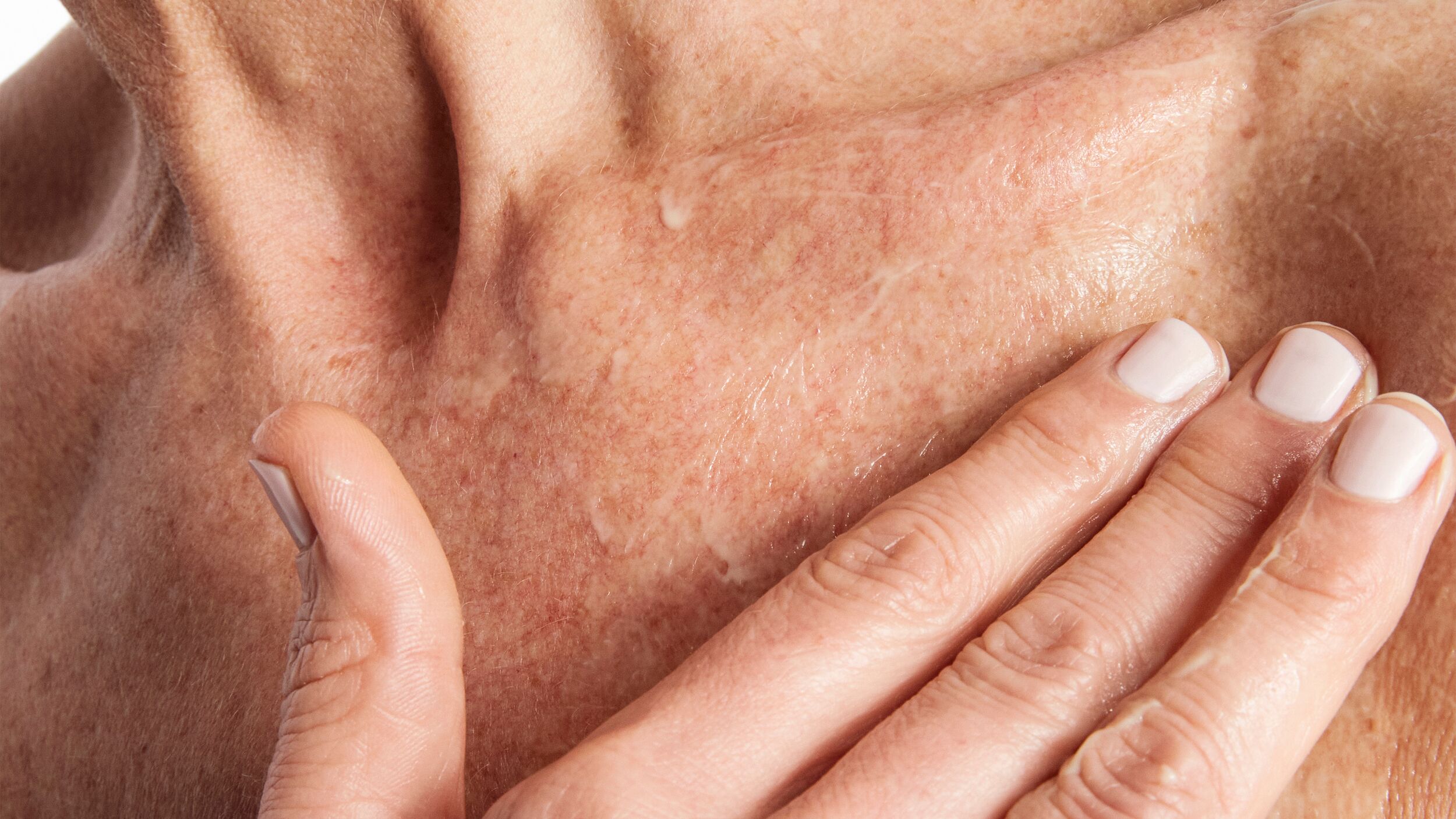
Everyone’s talking about skin energy. So what is it, and how can you get some?
It’s one of those skincare ‘in’ phrases that you’ll be hearing a lot more of. Skin energy, and the increase thereof, is a new holy grail in the pursuit of perfect skin. But while it might sound complicated, or technical, or involving multiple expensive high-tech facials, here’s the thing: your skin produces energy naturally, and your skincare might already be helping it do so. (If it’s not, there are ingredients known to help boost cellular energy within the skin, and more on those later).
Your skin produces energy naturally, and your skincare might already be helping it do so.
So where does skin energy come from?
Mitochondria are small structures found naturally in the cells of humans, animals and funghi – and they’re known as our cellular “powerhouses”. naturally produce energy (called Adenosine Triophosphate, or ATP) by breaking down glucose, and use that energy to ‘fuel’ other processes within cells. Like collagen and hyaluronic acid before it, ATP is the naturally-occurring skin molecule that’s beginning to cause such a stir among skincare addicts.
And like those other ingredients, it’s a real wonder of science. Skin cells have an intricate matrix of multiple functions in order to work well – and ATP is essentially the energy provider, the power source, the “laptop cable” for your skin that powers it all up.
What skin cells can do when they have sufficient energy supplies:
Boost fibroblast function to create collagen and elastin, deploy antioxidants to better protect skin, metabolize nutrients better, help desquamation (natural cell turnover) and prevent water loss, so skin stays naturally soft, supple and hydrated.
Things that can affect how much cell energy your mitochondria produce:
Age, smoking, sun exposure. The usual suspects that contribute to a decline in the natural functioning of skin. And when you’re tired, stressed and generally not firing on all cylinders, your skin can call on its ATP supplies to keep everything working like clockwork. So as a skincare ally to help you deal with the effects of a busy (did someone say chaotic?) modern life, ATP is right up there.
But here’s the thing: it’s not as simple as finding a cream that contains ATP and slathering it on. It’s possible now to buy products which contain ATP and apply it topically. But as with many of the skin’s natural functions, the best way to increase skin energy is to use skincare that contains ingredients to help your skin naturally produce more ATP of its own.
When you’re tired, stressed and generally not firing on all cylinders, your skin can call on its ATP supplies to keep everything working like clockwork.
Ingredients that boost energy production
Vitamin C: The OG antioxidant is known for its ability to brighten the skin and reduce the appearance of fine lines and wrinkles. It also has been shown to boost ATP production in the skin cells by improving cellular respiration.
Hyaluronic Acid: Everyone’s favorite super-hydrator helps to plump up the skin and improve its texture. It has been shown to boost ATP production in the skin cells by improving mitochondrial function.
Niacinamide: This vitamin B3 derivative (and one of our consultant dermatologist Dr Markey’s ‘mircale molecules’ is known for its ability to reduce redness and inflammation in the skin. It has been shown to boost ATP production in the skin cells by improving cellular respiration and energy production.
Peptides: These short chains of amino acids are known for their ability to stimulate collagen production and improve skin elasticity. They also have been shown to boost ATP production in the skin cells by improving mitochondrial function.
Yeast extract: Rich in vitamins and minerals that are essential for healthy skin function, it has been shown to boost ATP production in the skin cells by improving cellular respiration and energy production.


